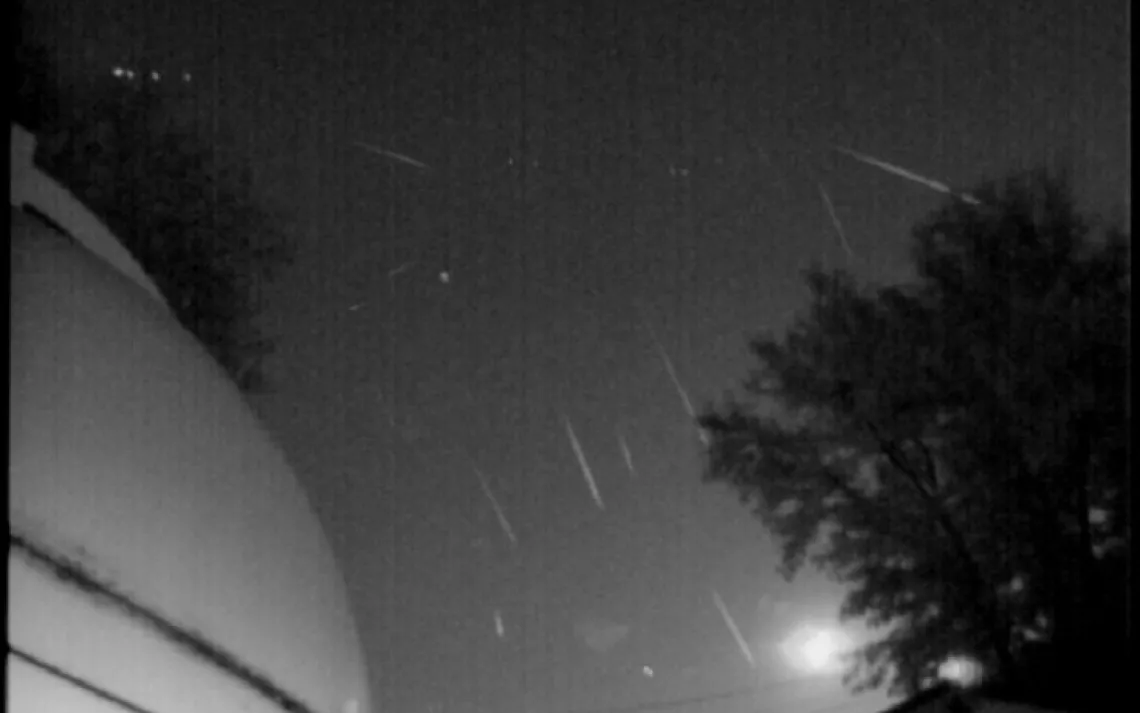Supermoon and Shooting Stars
Can't-Miss August Astronomy

The Perseid meteor shower is the only active annual shower that occurs over the summer, therefore it is often the most watched. This year the meteors will peak between August 10 and 13, but a full moon (the Supermoon) rises on August 10, interfering with the view.
The constellation Perseus, from which the Perseid meteors appear to emanate, rises in the northeast after sunset. The moon is ahead of Perseus on the 10th, in the constellation Capricornus, and moves closer to Perseus over the next few nights. However, put your back to the moon and look to the other regions of sky, where the meteors will be shooting toward, and you may still get a decent evening of meteor-watching.
Full moon in August occurs just 22 minutes after perigee, when the moon is closest to Earth in its orbit. This makes August’s full moon the closest full moon of the year, which, in recent years, has saddled it with the name Supermoon. The precise timing of full moon is August 10 at 11:09 a.m. PDT. However, the moon will not rise above the horizon until the evening. Even several hours later the moon will still be more than 99% fully lit.
The brightest planets lie in the morning sky in August, with Jupiter and Venus meeting up for the closest conjunction of two planets this year on August 18 before sunrise. The planets will be less than a half degree apart as they rise in the east-northeast, battling the rapidly approaching daybreak.
Watch the moon play leapfrog with a string of stars and planets. Look southwest on August 1 to see a line with the moon, bluish Spica, Mars, and Saturn. On the next night the moon will have leap-frogged over Spica to lie between it and Mars. On August 3 the moon has jumped over Mars to position itself between Mars and Saturn. By August 4 the moon has moved itself to the end of the Spica-Mars-Saturn line.
Mars is also moving in the same direction of the moon, just more slowly. The Red Planet heads toward Saturn and passes below it from August 22 to 25. The two planets will shine at about the same magnitude. The moon re-enters the scene on August 29, close to Spica, nearing Mars and Saturn on August 30, until it is right upon them on August 31.
 The Magazine of The Sierra Club
The Magazine of The Sierra Club







